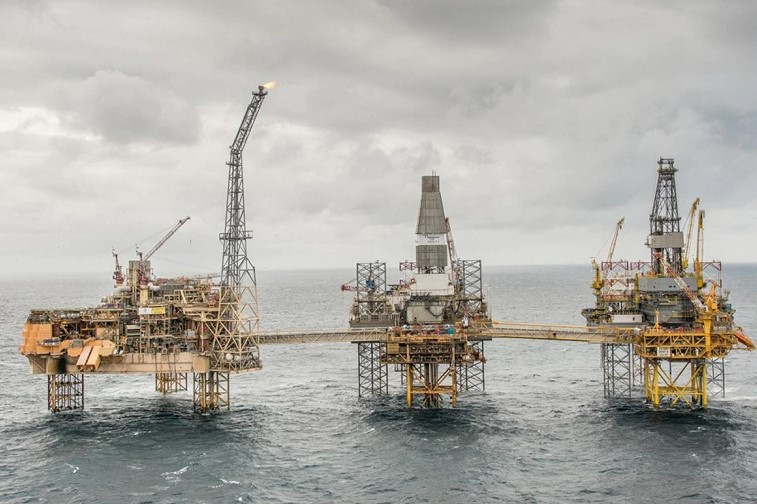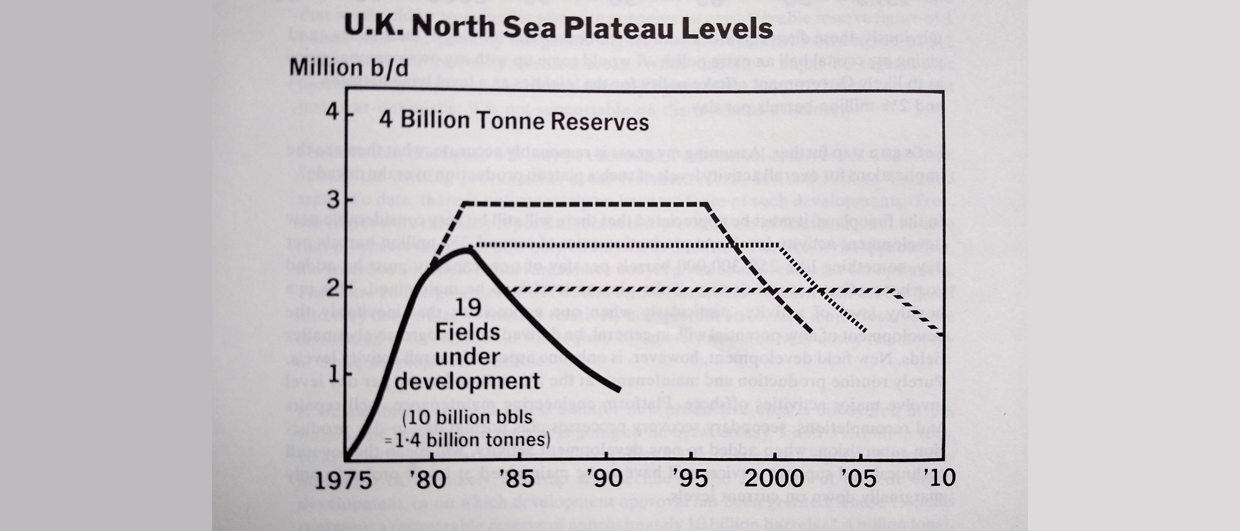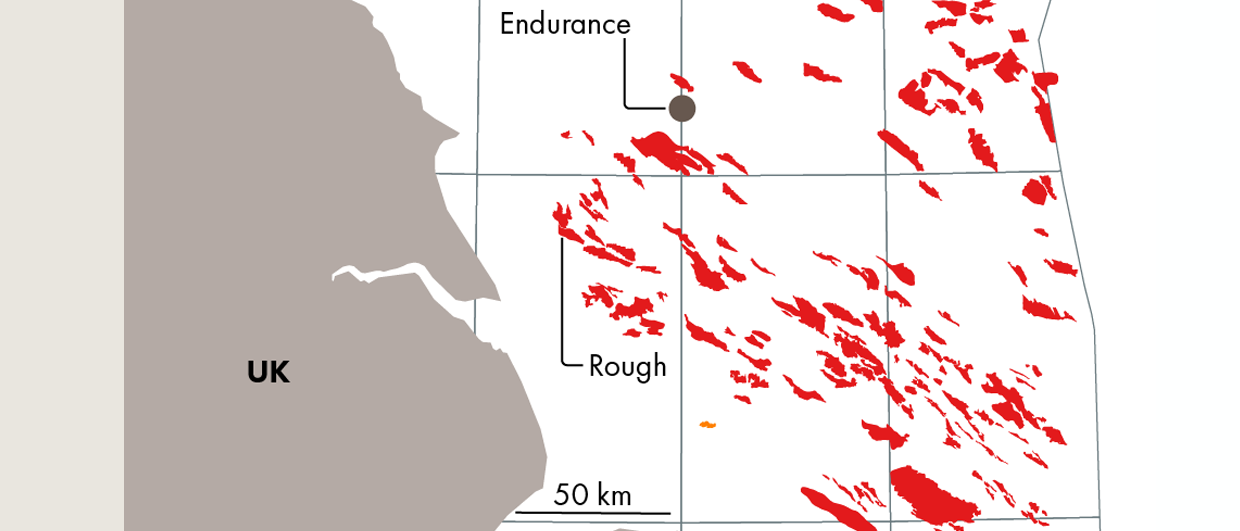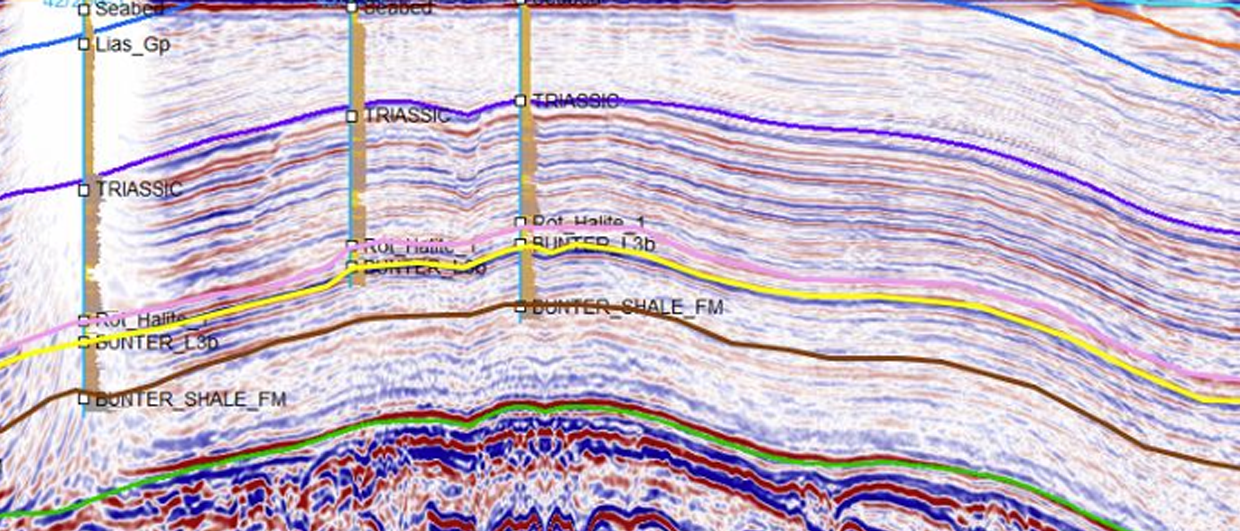Is it a surprise that the G4 gas leak incident in 2012 happened in a well on the Elgin field and not the nearby Franklin/West Franklin fields?
Elgin, Franklin and West Franklin are all located in the UK Central Graben and share a number of characteristics: all three are HPHT fields located at depths in excess of 5,000 m, the Upper Jurassic Fulmar reservoirs have similar thicknesses and the overburden of the fields is also comparable.
However, a significant difference between the fields can be observed in the stratigraphic interval below the reservoirs. At the Elgin field, the Triassic clastic succession below the reservoir rests directly on Rotliegend strata, whilst in the case of West Franklin the Triassic is thin and in turn rests on a “mobile” succession of Zechstein salt.

A team from the operator of these fields – TotalEnergies – has now demonstrated that the presence/absence and proximity of Zechstein salt is key in explaining the difference in 4D response in the overburden of the fields following the start of hydrocarbon production. The full reference to the paper published is given below.
Do you want to have a conversation with Leon Barens about the paper he and his co-authors published? Attend the DEVEX 2022 Conference 10 & 11 May in Aberdeen, where Leon will present about improving the subsurface understanding of the injectite fields in Quad 9.
The importance of the underburden
Due to production of the gas and condensate, the reservoir itself has compacted, estimated up to a maximum of around 50 cm at top reservoir and 20 cm at the sea floor. This compaction of the reservoir translates into a stretching effect both above and below the reservoir. The presence of salt in the underburden in turn seems to determine how this stress is distributed and accommodated in the succession overlying the reservoir.
The team found that the Elgin field shows the most pronounced 4D effect in the overburden, whilst the West Franklin field hardly shows any effect (see illustration below).
Where there is no salt in the underburden, such as is the case in Elgin, the compaction at reservoir level is being compensated by a reduction in stress both above and below the reservoir.
On the other hand, with only a thin clastic wedge between the salt and the reservoir at West Franklin, the reduction of stress in the reservoir is compensated by an increase in stress in the salt. This subsequently causes a very small or negligible stress arch in the overburden.

In other words, it is the ability of the mobile Zechstein salt to react to changes in the overburden that softens the effect on overlying strata.
Based on these observations, is it a surprise that the G4 gas leak occurred in Elgin? Maybe not, as we have now seen that the overburden at this field seems to have been affected by the reduction in stress more than Franklin and West Franklin. It is fascinating to see how the Zechstein evaporites play such an important role in how stress is being distributed across the subsurface.
HENK KOMBRINK
Reference to full article: Leon Barens, Sandrine Vidal-Gilbert and Chris Cruickshank, 2022: The role of the underburden at Elgin Franklin in the understanding of the overburden 4D signal. The Leading Edge, https://doi.org/10.1190/tle41040239.1.





